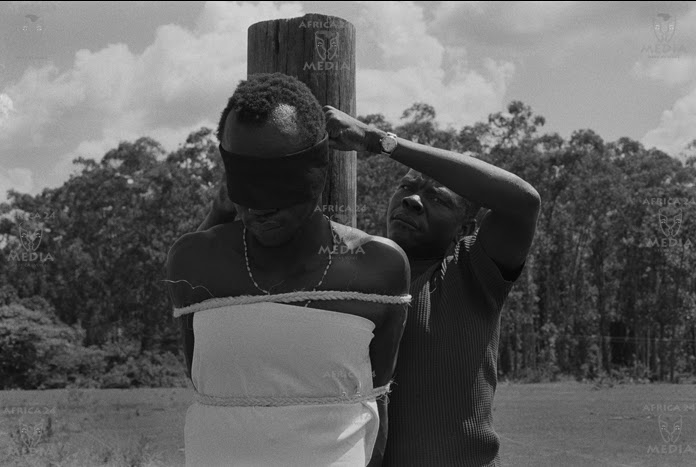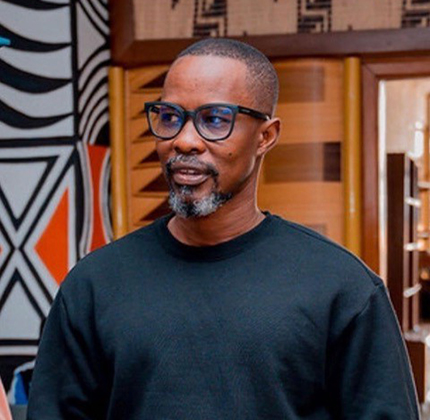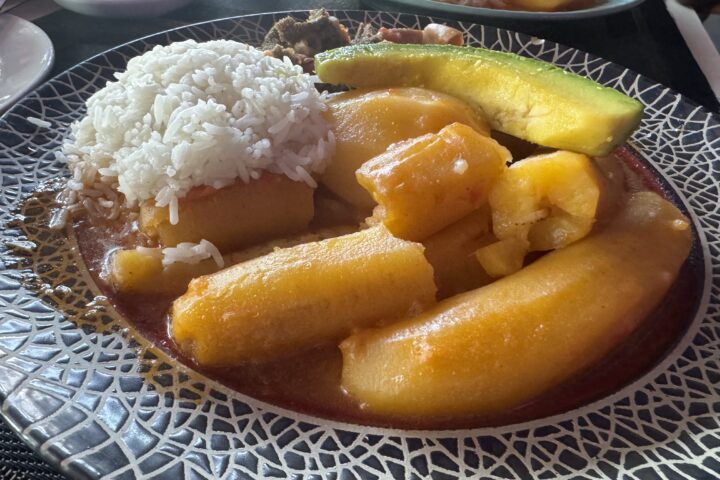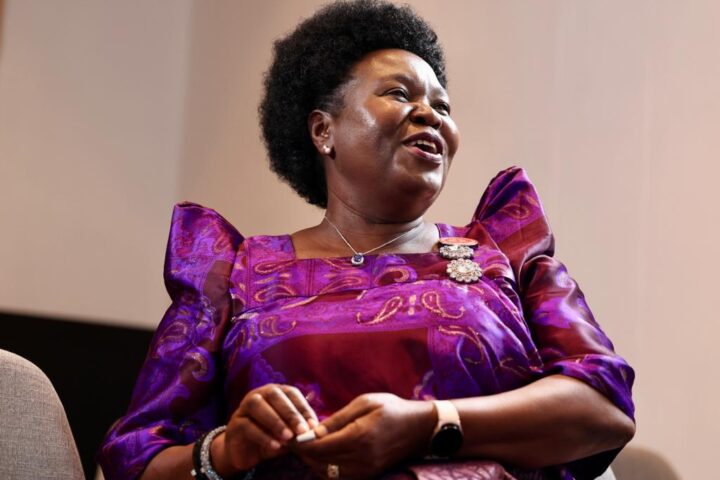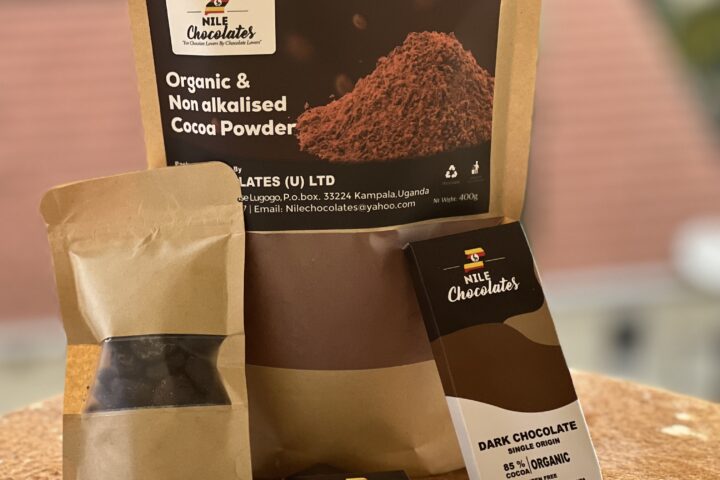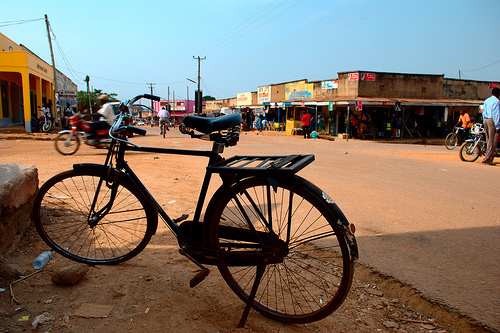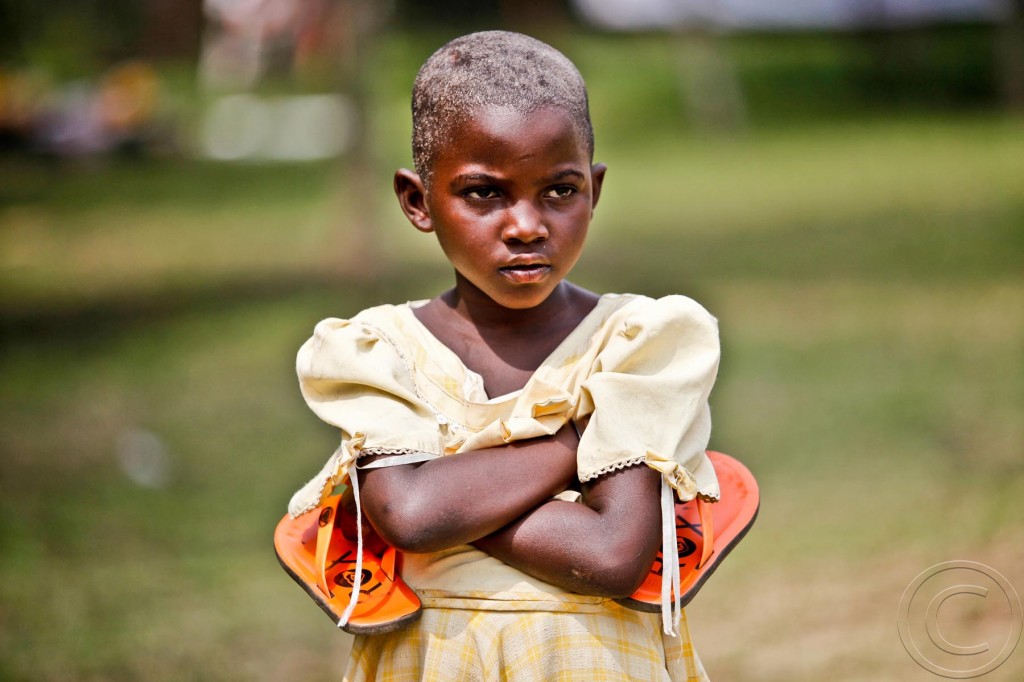Witness testimony from the Uganda Human Rights Commission led by Justice Arthur Oder.
James Namakajo ( journalist and intelligence officer. Inmate and witness)
“ I am of the view that Mutukula in my mind symbolizes the worst that man could do to man. I think the architect of Mutukula is a very, very strange criminal mind indeed; there is no explanation that one can advance to justify in the remotest way the Mutukula massacre. They started taking senior officers and then the junior officers and then the privates over a period of about a month.
Every morning we would go and dig trenches along the Uganda- Tanzania border and then we would dig more and more trenches and dig things like mass graves and they would tell us they were for dumping rubbish. Something very small happened that shocked me, as we were digging one of those trenches and we were about five feet below, I collapsed from lack of food, tiredness and lack of water.
One of the soldiers said, “ Do you want to go there before your time?” Or words to that effect.“ Do not be in a hurry to get in there, you will get there anyway”. And he struck me.
We also noticed that every time they said people were going to Masaka we would dig the day before. So, we started connecting things and then we would not hear any vehicle that would come for them but they would be taken. People started planning escapes, people started getting very nervous and I think soldiers became tired of this exercise of hiding what was going on, hiding the obvious as it were, so they started picking people from cells.
They took 20 people and made them squat by their offices, which was within the prison. The topography of Mutukula is such that there is a hill on which the prison farm is, then there was a little valley which was a playground and then on the upper side on the other side is Tanzania. The actual town called Mutukula is actually in Tanzania.
So these boys made a dash for the border, which was barely 400 to 500 yards away, and something unusual happened. The soldiers opened fire first on all those who were still squatting and those they had tied who were unable to run. They were immediately mowed down. They [soldiers] run following those who [were getting away] and [shot them]. One person had managed to cross into Tanzania and they drove a 504 Peugeot into Tanzania and shot that fellow there and brought the body back.
From that day it became an open secret that people were being killed. So, they would call out people, take them to the trenches and kill them, no bullets; bayonets, hammers, most people never came back, we would not hear any gunfire.
Despair. The suicide mutiny.
“People started hanging themselves on the beams of the roof, they would tie their shirts around their necks in suicide bids. When this started we used to fight to prevent somebody from killing himself but things deteriorated so much to the extent that we would just sit there and somebody would hang himself because who knows maybe the choice he has made is better than what would follow, the hammer or the rope.
So we resigned to the fact that somebody can take his life and it may be a good thing for him. People buried their heads into the pit latrines and died there. Bodies were hanging on the roof, we would continue sleeping until they open next morning. They would carry the body down and take it for burial.
Then people started refusing to come out when they were called out because it was obvious that they were going to kill them at least it was preferable to die in a group in one house. So a command was issued that for those who refused to come out we should lock them in without food. So, a group of 177 people were locked up in this building and were not given food for five days. At that time I must also mention they had separated the Langi and Acholi from people of Bantu origin.
The people of Bantu origin were confined in one house at one point during that period because the number became less and less. Only Wawuyo, who had been Deputy Director of CID, is the only Bantu who was killed in the selective murder. There was also the blowing up of houses and so on and other people died there but in the selective killing where they call you out and took you to be killed, it was only Wawuyo who was killed on the same day as Michael Engena, the brother to Dr. Obote. They were taken the same morning and they never came back.
Simon Nsubuga was a singer who was famous for the song praising Obote, those who were there in the 60’s could probably recall some of his songs “ Akalulu Ka Kabaka Yekka” “ Akalulu Ka Obote Yekka”. He had been arrested for that role and he was also there. He was a cleaner in the Officer’s Mess and one day he came up with the information to us to the effect that he had overheard a conversation on the air radio between the Commander of the Prison and Kampala in which he was describing the mutiny of the prisoners and the fact that they had refused to come out and he was requesting for a bomb to be brought in to blow up the prison, to blow up this building.
Surely enough the bombs were brought in the next day, and it went around that the bombs had arrived so it was anytime.
So it was that time, I think 4th March 1972, that some of those who had been confined in that house [they intended to blow] broke out using a spoon, which was the only tool they had in there. I think they must have dug for days and removed blocks from the building and then in the night went for the chain link, cut it, cut the next one and escaped in large numbers. In the middle of their escape the guard heard and there was a lot of gunfire directed on the door of this building and those who were escaping. Next morning we picked up eight bodies outside the compound of the prison
By the night the bombs were laid on the building and everybody was blown up except one person. In the rubble there was the only one person alive and his name was Hassan, the only Asian who was with us, the man who was director of CID prior to his arrest. We were ordered to remove the bodies from the rubble and pile them up for burial.
Hassan survived but only for a few minutes because when he came out everybody said, “ Oh my God this is the devil, how can this man survive?” So Hassan who still had on his golden watch and a gold chain around his neck said “ I know you are going to kill me’, he removed his chain and gave it to a young soldier who was standing next to him and removed his watch and gave it to somebody else.
They looked thankful but a minute later; the fellow who had been given the watch said, “ you think I am a masikini(beggar)? Why do you give us? You think we are masikini?
And Hassan explained [I was seated right there by the steps of our building and very close] that the chain had been to him by his wife and I think the watch had been donated to him by the President of Interpol in Japan at a meeting in Japan and these were presents he wanted to pass on before he dies, so the young man picked a piece of log and hit him on the skull from behind.
Hassan dropped down and died almost instantly from that clubbing. And instructions were given that we should put Hassan’s body first in the grave because he was kisirani (a curse) and that we did. Only to be surprised about two o’clock that an order had come from Kampala that Idi Amin wanted Hassan’s body brought to Kampala. We had to go through the bodies to get to the bottom of the grave and in this particular grave where he was there were over 80 people.
It was intact because he had not been shot, and he had been beaten, he had no scratch except the fractured skull from behind with that strong blow of the log.
Twenty-two [on that other fateful night] had managed to escape into Tanzania and they held a press conference explaining what had been happening in Mutukula. I have since tried to trace some of these people, most of them were killed in 1972 invasion of September, the same year, which ironically was launched through Mutukula, so they might have actually come back and died at Mutukula.
I must also mention that a lot of these people [later] became very senior people in NASA and this may through light on our understanding of the bitterness and probably the brutality with which they conducted their business having been subjected to all the suffering, people like Elias Mulawa, John Okot, David Kamuzi, Benedicto Ochieng, Hossea Masaba, etc. They all became NASA again.
When we were released we hung around the compound waiting for transport but even then we were still very, very nervous because we could not trust people at all, we could not trust them. But surely enough they brought us to Kampala and took us to Makindye where we had begun from”.

